Monkey Beetle
Family: Scarabaeidae. Subfamily: Melolontinae. Tribe: Hopliini
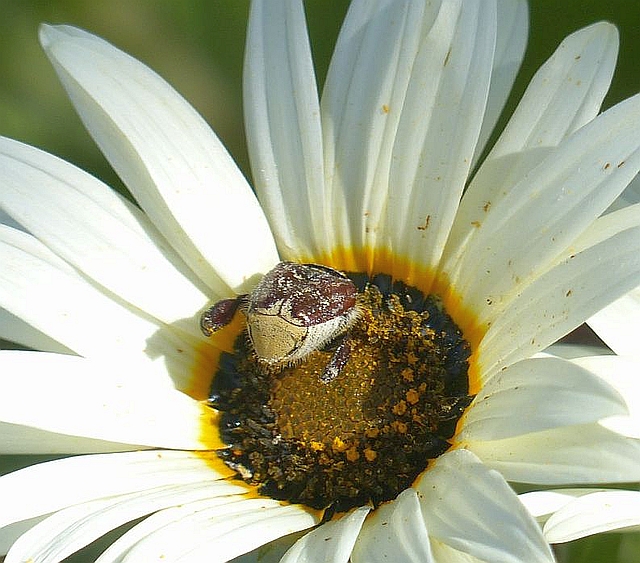
- Monkey beetle.jpg (281.5 KiB) Viewed 3027 times
Typical feeding posture of an embedding species of monkey beetle, Rondevlei (Cape Town), October 2016 © arks
The 1000-odd species of South African Monkey beetles are most common in the floristically diverse winter rainfall regions of South Africa. South Africa is the global centre of diversification for monkey beetles (Scarabaeidae: Hopliini), with 98% of the 1040 species and 80% of the genera endemic to this country.
Monkey beetles show extreme sexual dimorphism and a diversity of secondary sexual traits (exaggerated hind leg morphologies, and colour of body parts).
Many embedding species show hugely thickened and swollen femora and tibia in males. These guys have some extraordinary hind leg weaponry such as excessive musculature, spines, rachets and extreme elongations. Non-embedders mostly show weak hind leg dimorphism.
Male-male combat is a common feature of many species of monkey beetle. Males, using their enlarged hind legs as weapons, will aggressively fight with rival males over females, and have also been observed to guard females post-copulation for extended periods of time). Non-embedding males in general also engage in male-male combat, however, these battles are far less combative, and involve brief tussling and wrestling.
Females are polyandrous mating with multiple males. Furthermore, the ratio of males to females within populations appears to be strongly male biased. Thus, competition between males is high.
Mating and feeding for most species of monkey beetle takes place on disc-shaped flowers (Asteraceae, Aizoaceae) which are large, and offer an ideal platform for feeding, mating and male-male combat. Flowers are thus focal points of monkey beetle activity. Monkey beetle emergence is timed to coincide with this ephemeral floristic resource during the spring months. Beetles only live for approximately 5-7 days, so the temporal pressures for reproduction are high, generating elevated competition between males for securing females in a limited period of time.
Within this environment, two monkey beetle feeding guilds occur: Embedding and Non-Embedding flower guilds. Female Embedders feed partially or wholly embedded inside the capitulum (in Asteraceae) or hypanthium (in Aizoaceae) of the flower, with the pygidium (the prominent last dorsal segment of the abdomen) being the only body part exposed. During this period they are inactive, remaining embedded in the same flower for up to a few days. Male Embedders are more active, searching for females. Non-Embedding species are fast-flying, active pollinators, visiting many flowers and feeding more superficially on pollen and nectar.
The feeding biologies of embedders and Non-embedders contrast strongly, particularly between females.
Female Embedders, feeding predominantly on disk-shaped daisies of Asteraceae and Aizoaceae, burrow deep into the flower head, feeding on pollen and/or ovules, and will remain embedded for extended periods of time. These (often large) flowers provide abundant resources (pollen and ovules) and an ideal platform for mating and male contests. Quite frequently females are buried so deeply that only a fraction of the pygidium is exposed. This crypsism by females will reduce the number of females readily visible to males, thus resulting in more intense competition for the ladies.
Non-embedders are generally associated with non-daisy type flowers, e.g. shallow bowl-shaped petaloid geophytes (Iridaceae) and flowers occurring in inflorescences, e.g. Rutaceae, Rhamnaceae, Orchidaceae. Females feed predominantly on pollen and nectar, and generally visit flowers for only short periods. Many Non-embedders are highly pilose and very active fliers, resembling pollinating bees and wasps in their foraging behaviour far more closely than beetles.
 © ExFmem
© ExFmem



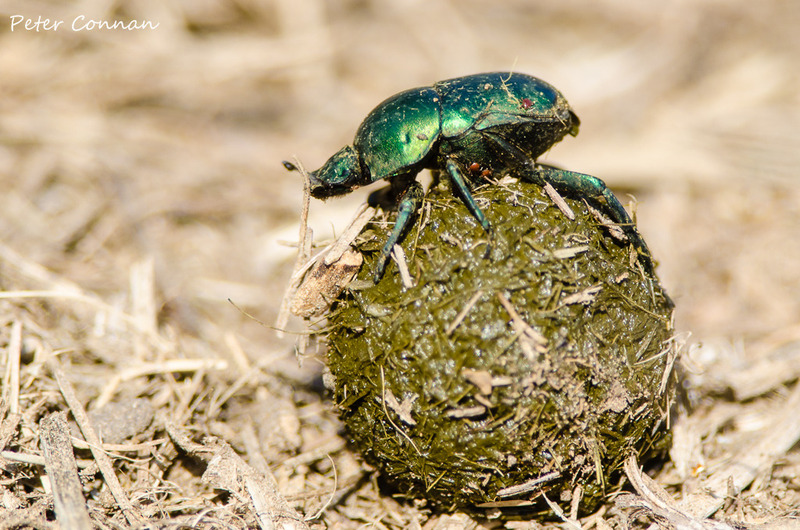

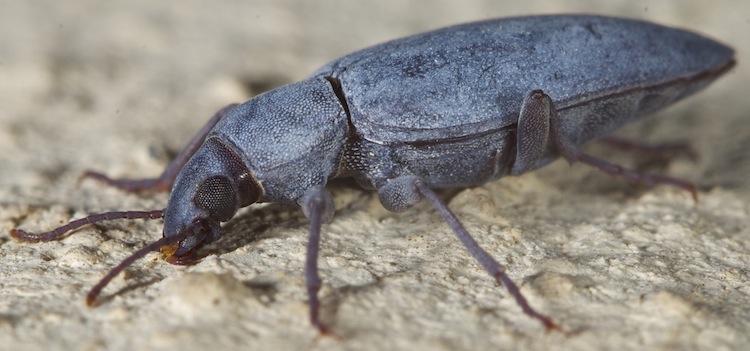
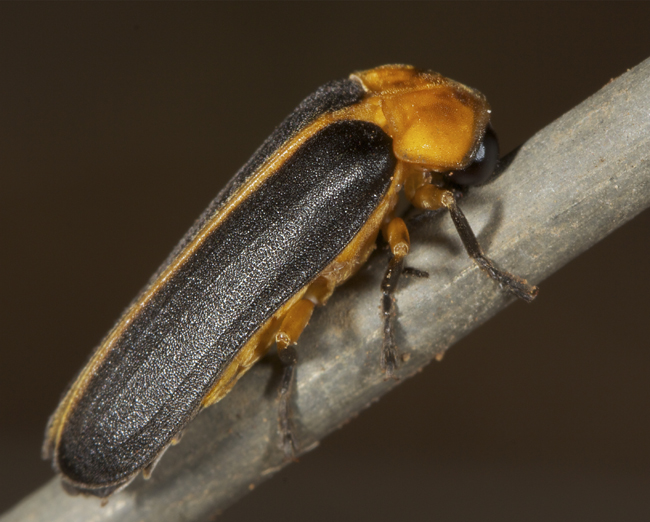

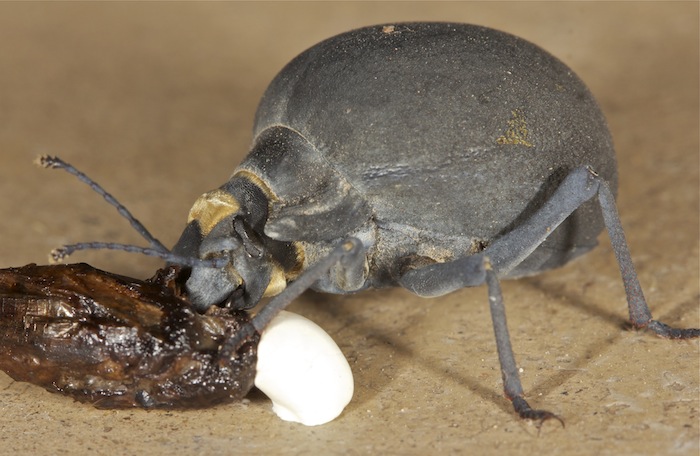 © ExFmem
© ExFmem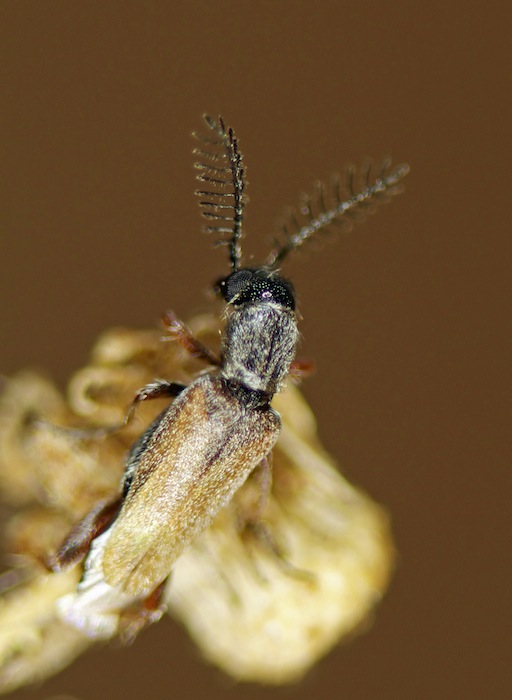 © ExFmem
© ExFmem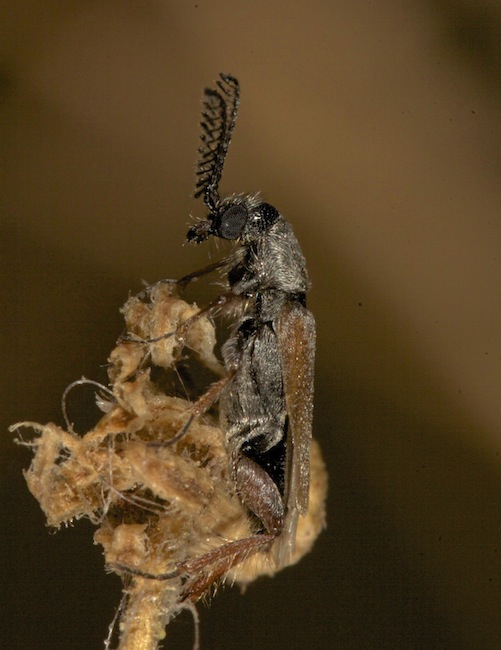 © ExFmem
© ExFmem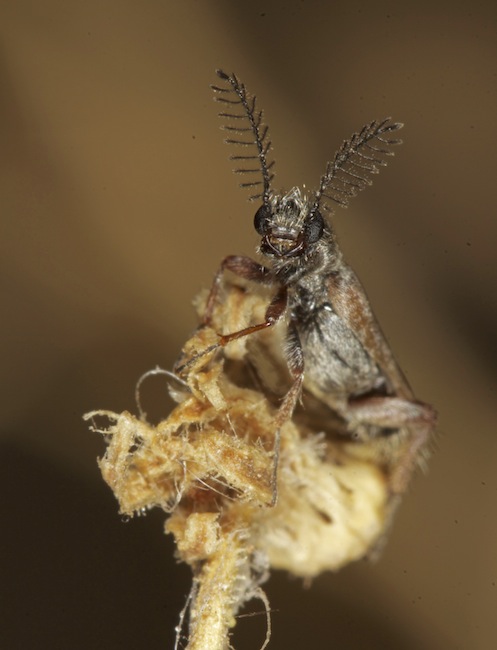 © ExFmem
© ExFmem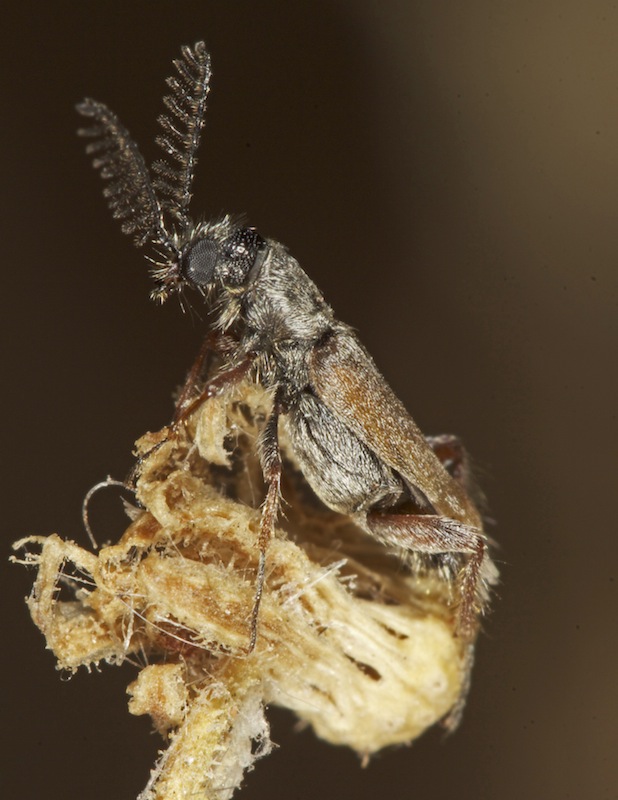 © ExFmem
© ExFmem